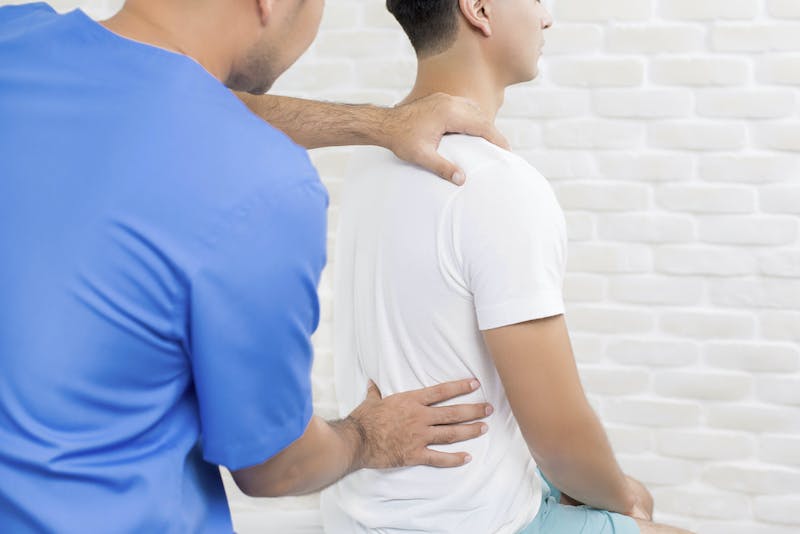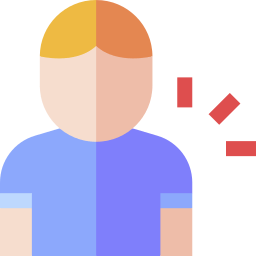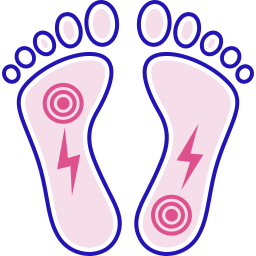If you are searching for lymphedema treatment in Visalia or lymphedema specialist in Visalia, we can help. Read more below about how we can help you manage lymphedema.
We are lymphedema specialists here in Visalia & Hanford
Some patients may not be aware that physical therapy can treat far more than your average ankle sprain or episode of back pain, and may be surprised to hear the full extent of conditions it’s effective for, including conditions like lymphedema.
Lymphedema involves the lymphatic system, which is part of both the circulatory system and immune system. It plays a crucial role in both systems by collecting and filtering lymph fluids from tissues throughout the body and returning it to the bloodstream.
If the lymphatic system is damaged and fluid can longer drain normally, the result is lymphedema, which is swelling from the accumulation of excessive fluid in the tissues. Lymphedema may occur due to a hereditary disorder, but in most cases, it results from surgery and/or radiation from various cancers, particularly melanoma and breast, prostate, head, and neck cancers. Lymph nodes are frequently removed to assess the aggressiveness of cancer and whether it has spread to other parts of the body, while radiation can produce scar tissue that also blocks lymphatic organs from properly processing lymph fluids.
Swelling from lymphedema can develop in many regions of the body, but occurs most commonly in the arms and legs. Other symptoms of lymphedema include skin feeling tighter or thicker in affected regions, as well as pain, weakness, or heaviness in these areas, which can make it difficult to move certain joints—like the wrist or ankle—as easily as usual. The onset of lymphedema can also vary widely, occurring immediately after surgery or trauma in some patients and not for years later in others.
Physical therapists can help control your swelling and improve your mobility
Since lymphedema affects one’s ability to move normally, physical therapy should be considered a first-line treatment because it is perfectly suited to address these impairments and help patients regain their physical function. Although all physical therapists can treat lymphedema, certified lymphedema therapists undergo specific training for this condition and use the most up-to-date and evidence-based practices in their treatment plans. At Bacci & Glinn Physical Therapy, our certified lymphedema therapists can treat lymphedema with a variety of interventions, and a typical treatment program will include the following:
- Compression therapy: involves wearing a garment or bandage that applies pressure to the affected area and increases the flow of lymph fluid; these garments are to be worn several days per week
- Manual lymphatic drainage: this manual (or hands-on) technique helps to move lymph fluid in the appropriate direction to optimize reabsorption by the lymph nodes and reduce swelling
- Decongestive lymphedema therapy: this technique, which is considered the primary treatment for moderate-to-severe lymphedema, involves several components (eg stretching compression, exercises, skin care, and self-care) that are intended to mobilize lymph fluid and reduce swelling
- Personalized exercise program: regular exercise is also key because it promotes lymph drainage while also increasing the strength and flexibility of joints affected by lymphedema
- Skin care: therapists will closely monitor the skin and recommend appropriate treatments to help patients avoid dangerous infections
If you’re dealing with limitations that may be related to lymphedema, the certified lymphedema therapists at Bacci & Glinn Physical Therapy can help.






